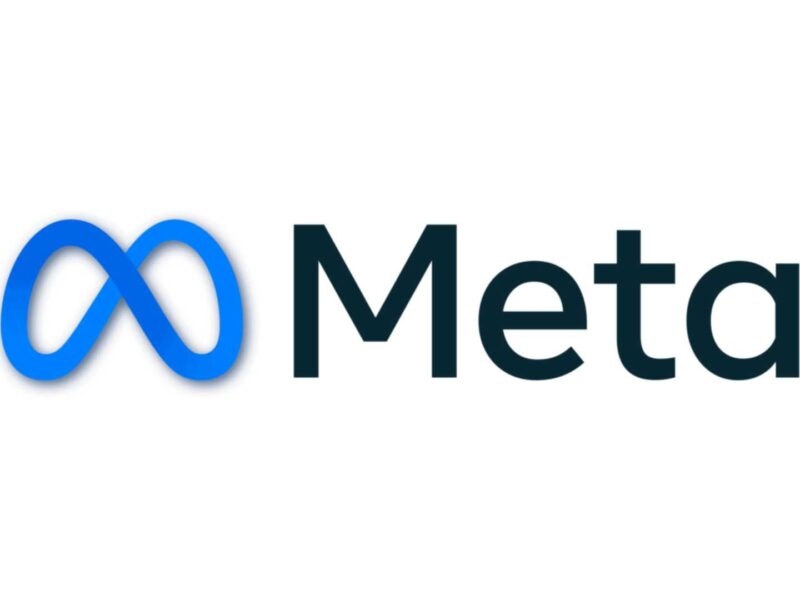Digital Transformation Tips: How Smaller Firms Get Things Right
Only 16% of organizations sustain digital transformation gains, but smaller firms (under 100 employees) succeed 2.7x more by leveraging agility and innovation.
This Techronicler article compiles insights from business leaders, thought leaders, and tech professionals on how larger companies can replicate this.
Experts highlight internal inefficiencies as transformation drivers, advocating automation for scalability, digital tools for transparency, and AI for lean operations.
They share stories of digitizing workflows, empowering fractional roles, and anticipating trends to outpace bureaucracy.
By embracing fractional expertise, fostering accessibility, and addressing bottlenecks proactively, giants can mirror small firms’ nimbleness, turning transformation from risky overhaul to sustainable edge in a competitive landscape.
Read on!
Automate Workflows for Scalability
Beyond client needs, one major driver of digital transformation in my firm is operational efficiency.
As a modern law firm serving entrepreneurs and creatives, I saw early on that we couldn’t scale sustainably if we stayed tied to outdated, manual processes.
Automating routine tasks like intake, billing, and document workflows, not only reduced human error but also freed up my team’s time to focus on higher-value legal work.
It’s not just about keeping up with tech trends; it’s about building a business that runs lean, delivers faster, and adapts quickly.
That mindset has shaped how we grow, serve, and innovate every day.

Liscah Isaboke
Founder, Isaboke Law Firm
Digitize Manual Processes Fast
LXD Logistics has grown from a couple guys in a truck delivering furniture to one of the leading high-end furniture and fixtures logistics services companies.
My hardest lesson is that I can’t do it all. I can’t meet with new strategic customers and personally check important orders myself and be there on big project delivery days and work on growth initiatives.
But, I also don’t want to let quality slip or delegate everything. That’s why we’ve been investing in technology – often doing things nobody in our industry has ever done before.
We’re automating and digitizing processes that have always been manual.
To customers, we look more like a tech company than a company that’s receiving, storing, assembling, delivering and installing their new furniture and fixtures.
Our current phase of growth wouldn’t be possible without these innovations.

David Robinson
President & Co-Owner, LXD Logistics LLC
Fix Internal Friction First
Beyond customer or market demands, one of the most powerful drivers of digital transformation is internal inefficiency.
When teams are bogged down by outdated systems, manual processes, or siloed information, innovation becomes a necessity rather than a luxury.
In our experience, digital transformation gains the most traction when it’s solving pain points within the organization – freeing up time, improving decision-making, and enabling collaboration.
It’s not always about chasing trends; it’s often about building tools that allow your people to work smarter.
Internal friction, when left unchecked, slows growth. But when addressed through digital innovation, it becomes a catalyst for long-term agility, culture change, and competitive advantage.
Maxine Wilson
Founder, Open Property
Automate Repetitive Tasks Daily
Efficiency, or rather inefficiency, is a key driver of digital transformation. Inefficiency costs time and money.
Digital transformation through robotics, automation and AI can liberate repetitive tasks and free up time, and therefore money, for employees.
There are a plethora of free, and paid for, tools available for taking a linear task and automating it. Tools such as Zapier and Make have API’s that enable connections to pretty much every application you use on a daily basis.
And if the connection doesn’t exist, you can create one.
As an example, consider a daily data feed in CSV format that you receive by email. You need to convert it to Excel, add a graph or two, add some titles and formatting and then email it to your manager.
Automation tools can do all the above steps without you being involved. And what if you receive 100 such reports…
Speed Drives AI Excellence
We are a customer-driven organization so most changes in our organization whether it’s tech, people or process are driven by their needs.
The only other driver for change is required speed which along with quality has a direct impact on cost.
Though speed of delivery can be linked back to customers and the market, I view it as an internal driver for continuous improvement.
The three pillars for excellence for us are speed, accuracy and depth.
Until GenAI became accessible, the trade-off was always between speed and the other two.
My challenge to the team is to see how that trade-off can be minimized without compromising on our output’s quality.

Spandan Kar
CEO, IGNESA
Prioritize Content Accessibility
With all the digital innovations, it’s an exciting time to be running a business, but there’s no doubt that frequent changes can be overwhelming.
Beyond just reacting to market trends, one of the biggest drivers for us is accessibility and distribution, making sure content reaches as many people as possible.
Take AI-generated transcripts, for example. Sure, they help with SEO, but more importantly, they make podcasts accessible to people with hearing impairments and non-native speakers.
Then there’s distribution. With so many platforms to choose from (Spotify, Apple, YouTube, Amazon Music), you can’t just upload an episode and hope for the best.
We’re constantly refining how we distribute content across these channels, using tools like dynamic ad insertion and platform-specific optimizations to maximize reach.
So, while customer demand shapes a lot of what we do, this push for wider accessibility and smarter distribution is something we actively prioritize.

Harry Morton
Founder, Lower Street
Digitize for Labor Efficiency
4 years ago, I took over Vol Case & Container, an old school manufacturing company in Tennessee.
When I took over, everything was done on paper, there was no clarity into the manufacturing floor, and designs were old, marked up, and easily lost.
We’ve been constantly pushing digital innovation since then for two main reasons:
Scalability: Prior to going digital, information was scattered and hard to find which meant there was typically 1 person in charge of a certain area which can only scale so far.
Lack of Labor: We manufacture shipping cases and crates and we’re facing a shrinking pool of skilled labor. Digital improvements (including exploring humanoid robotics) help us do more with less.
Anticipate Tech Trends Early
For me, it’s always been about staying ahead of the curve, not just on it.
At Comunicano, we’ve never waited for trends to be validated by the industry. We have always leaned into the signals early. AI, automation, voice ai, virtual workflows. If it’s going to matter in 12–18 months, we’re already testing and applying it today.
That mindset is what drives real transformation, not just adapting, but anticipating. We help our clients lead, not follow.
Address Bottlenecks Internally
Beyond market or customer demands, one key driver of digital transformation at our organization is internal process inefficiency.
Often overlooked, bottlenecks in communication, outdated workflows, or siloed teams trigger the need for digital innovation more urgently than external trends.
We view inefficiencies as opportunities — signals that point us toward automation, AI integration, or system redesign.
For example, by digitizing project tracking and client onboarding, we’ve drastically reduced turnaround times and improved team collaboration.
True transformation starts from within, and when internal pain points become visible, they often spark the most meaningful and sustainable innovation.
It’s not just about keeping up — it’s about building a smarter, leaner, more agile foundation.

Ravikiran
Founder & CEO, Digital Ops
On behalf of the Techronicler community of readers, we thank these leaders and experts for taking the time to share valuable insights that stem from years of experience and in-depth expertise in their respective niches.
If you wish to showcase your experience and expertise, participate in industry-leading discussions, and add visibility and impact to your personal brand and business, get in touch with the Techronicler team to feature in our fast-growing publication.














